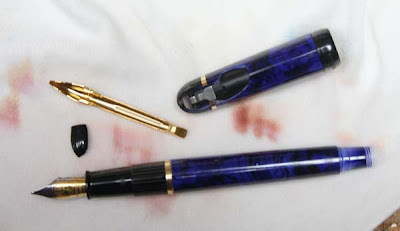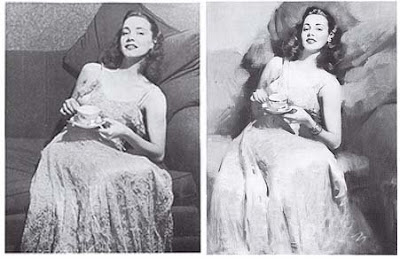Here’s the debate in a nutshell: the Parthenon is perhaps the most famous icon of Athens.

Between 1801 and 1812, during the Ottoman occupation of Greece, Thomas Bruce, the 7th Earl of Elgin removed many of the Parthenon’s sculptural elements and took them to London. The so-called Elgin marbles now reside in the British Museum.

Greece would like to have the Elgin marbles back, and has just opened the New Acropolis Museum in Athens to house them. The argument for returning them is more than simply an appeal to return art to its land of origin. As a single work of art, proponents, say, the Parthenon cannot be fully understood unless the pieces are seen together.
Why keep them in London? Some argue that their safekeeping in London has protected them from looting, weathering, and other damage that might have occurred in the intervening years. But the British Museum admits that they have suffered from the act of removal, from overzealous cleaning, and from the 19th century pollution of London.
It’s safe to assume that they would receive responsible curatorial care in either location today, and either way they would end up in a museum, not adorning the Parthenon itself. But museum officials are understandably reluctant to agree to all restitution claims, which would ultimately empty the museums.
What is your feeling on the issue? Where should the Elgin marbles live? Do they represent a different case than other works of art? Please vote in the poll at left and offer your thoughts in the comments.
------
Wikipedia's gives the full story of their removal and both sides of the issue for repatriation,
link.NPR's radio coverage yesterday,
link.British Museum's official story and position,
link.New Acropolis Museum,
link.Issue blog "Elginism," with various angles on the story,
link.-------
Addendum: July 1: In the poll, 210 people voted on the question: "Should the Elgin Marbles Be Returned to Greece?" 47 (22%) voted to keep them in London; 150 (71%) wanted them to be returned to Greece; 13 (6%) voted for "no comment/other."

























































